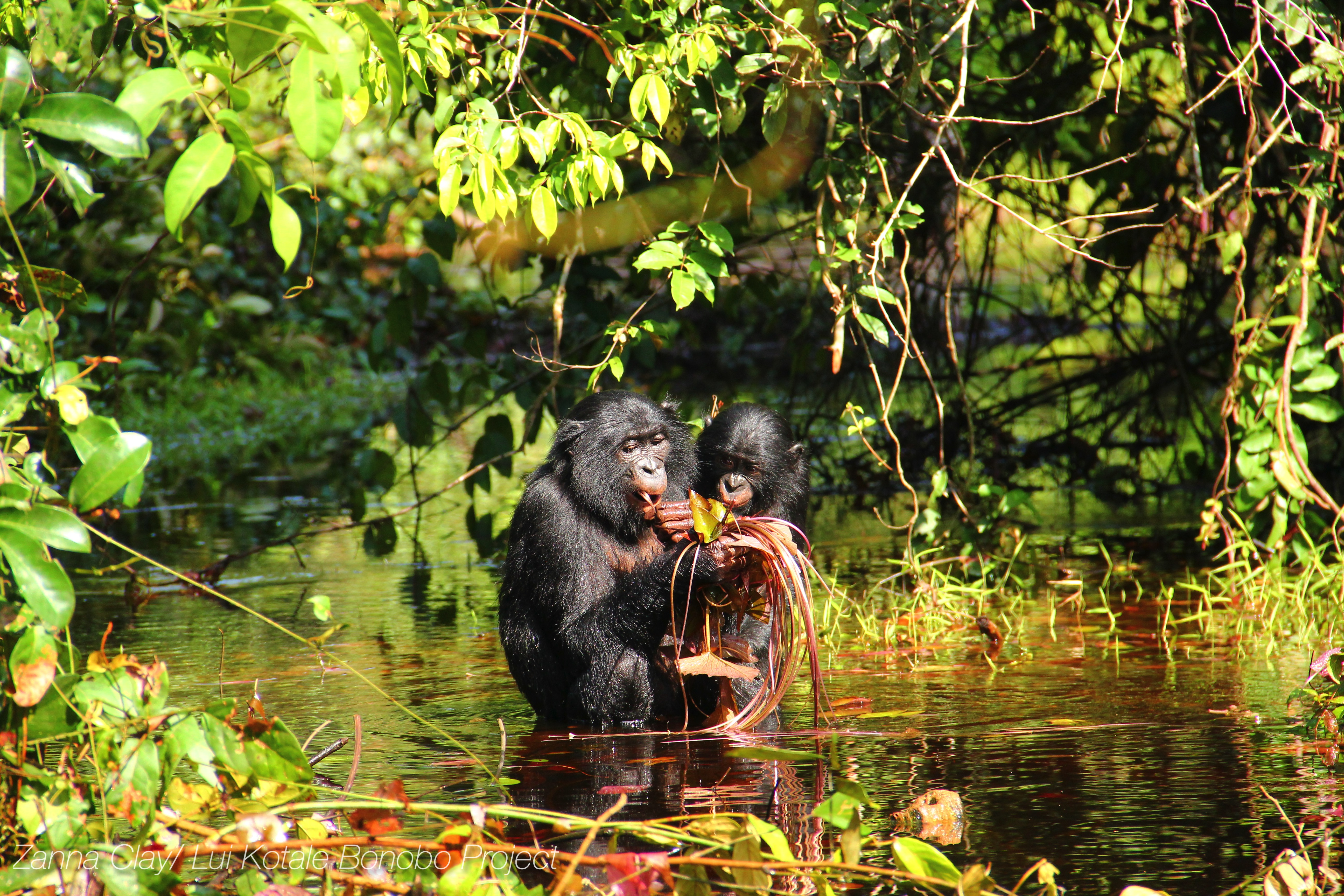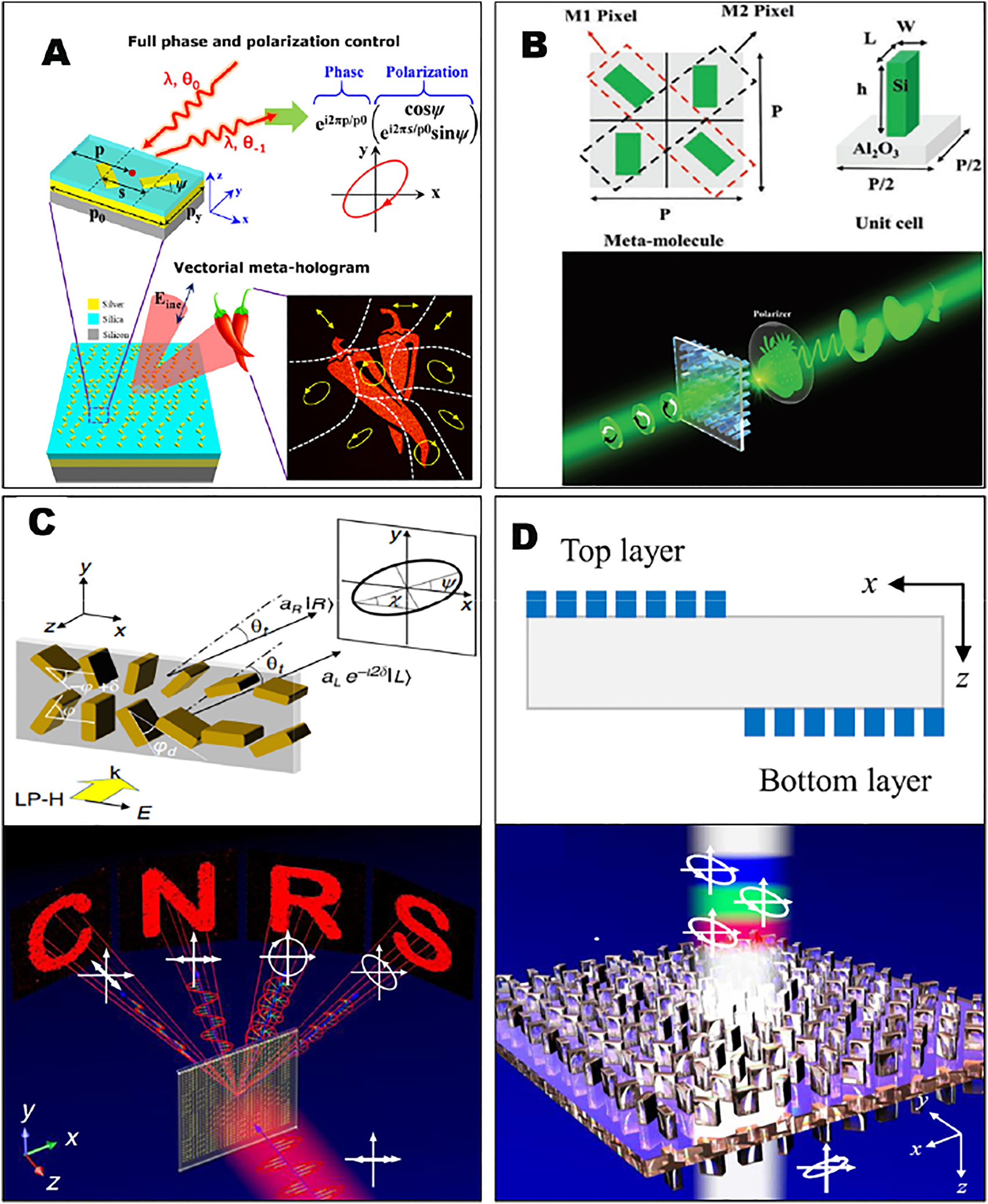Bonobo communication reveals fascinating similarities to human language, showcasing how these remarkable primates convey meaning through vocalizations. Recent research indicates that bonobos utilize a sophisticated system of vocal expressions that resemble word compounds and phrases, hinting at the evolutionary origins of language that predate our own species. By studying the vocalizations of bonobos, scientists have identified patterns and contexts that suggest a level of compositionality previously thought unique to humans. This intricate animal communication not only enhances our understanding of bonobo language but also sheds light on the broader aspects of language evolution. With insights drawn from the Kokolopori Bonobo Research Project, researchers are unraveling the complex social interactions that underpin bonobo vocal communication.
Exploring the nuances of bonobo discourse opens a window into the rich tapestry of animal communication systems. These social primates, much like humans, exhibit a blend of vocal signs that communicate nuanced messages, reflecting their complex social structures. The linguistic prowess observed in bonobos suggests that complex communication is not an exclusive human trait but one that may be shared with our closest genetic relatives. Investigations into the bonobo vocal repertoire reveal how these animals employ sounds in varied contexts, thereby enhancing our understanding of language systems in the animal kingdom. By understanding bonobo language, we gain valuable insights into the evolutionary pathways that shaped human communication.
Understanding Bonobo Communication Dynamics
Bonobos, much like humans, exhibit a remarkable capacity for communication that goes beyond mere vocalizations. Research indicates that the vocal behavior of bonobos is not only rich in variety but also possesses a level of complexity that allows them to convey intricate social messages. For instance, when Mia, a young female bonobo, vocalizes to distant group members, she employs distinct sounds to communicate specific emotional states or social cues. This form of animal communication reflects the idea that language, even in non-human species, can embody compositionality—the ability to combine calls to generate new meanings relevant to their social interactions.
Moreover, the study of bonobo interactions reveals that these vocalizations are not random but are instead organized and meaningful. Attention to the nuances within their sounds—such as subtle variations in pitch and duration—enables bonobos to express complex sentiments, similar to how humans utilize tones and inflections. This highlights the underlying principle of compositionality in animals, suggesting that the earliest forms of language might have evolved in species with complex social structures, much like those found in human societies.
Frequently Asked Questions
What is bonobo communication and how does it compare to human language?
Bonobo communication refers to the vocalizations and social signals used by bonobos to convey information and emotions. Recent studies have shown that bonobos utilize a form of compositionality in their vocalizations, similar to human language, allowing them to create complex social interactions and meanings through combinations of sounds.
How do bonobo vocalizations illustrate compositionality in animals?
Bonobo vocalizations demonstrate compositionality by enabling these primates to combine simple calls into complex signals, similar to how humans form phrases. Researchers have identified a variety of vocalizations that express specific meanings, showing that bonobos can adapt their communication to reflect different social contexts.
What role does bonobo language play in their social structures?
Bonobo language, encompassing various vocalizations, plays a critical role in their social structures by facilitating interactions among group members. The ability to convey precise meanings supports the establishment and maintenance of social bonds, which are crucial for their complex social organization.
How do researchers study animal communication, particularly in bonobos?
Researchers study animal communication in bonobos by observing their vocal behaviors in natural settings, recording their sounds, and analyzing the context of these vocalizations. This method allows scientists to compile a ‘dictionary’ of bonobo vocalizations, linking them to specific behaviors and social situations.
What implications does the study of bonobo communication have for understanding language evolution?
The study of bonobo communication suggests that the origins of language may predate humans, as bonobos exhibit complex vocal behaviors that reflect a sophisticated communication system. This research provides insights into the evolutionary roots of language and the shared traits between humans and our closest relatives.
How do bonobos coordinate group movements through vocalizations?
Bonobos use a variety of vocalizations, such as whistles and peeps, to coordinate group movements over distances. These vocal signals help convey information about social tense situations and facilitate smooth interactions when the group is split, showcasing their intelligent social communication.
Can bonobo vocalizations be classified in a way similar to human language?
Yes, bonobo vocalizations can be classified similarly to human language. Researchers have found that bonobos create a range of calls that correspond to specific situations, much like how humans form words and phrases, indicating a shared concept of communicative structure across species.
| Key Point | Details |
|---|---|
| Bonobo Vocalizations | Bonobos use vocalizations similar to human language, utilizing word compounds and phrases to communicate complex social situations. |
| Research Background | A joint study by the University of Zurich and Harvard University highlights the evolution of language and vocal complexity in bonobos. |
| Compositionality | Bonobos exhibit compositionality in their vocal communication, constructing meanings through sequences of calls much like humans. |
| Social Communication | The study shows that bonobo vocalizations help maintain complex social bonds, even when group members are apart. |
| Methodology | Researchers recorded vocal behavior over eight months, creating a dictionary of bonobo calls and their meanings. |
Summary
Bonobo communication represents a fascinating insight into the origins of language, as bonobos employ complex vocalizations similar to humans. This research not only highlights the sophisticated social structures of bonobos but also suggests that the roots of language may predate humans. The findings pave the way for a better understanding of how social complexity can shape communication systems in animals, ultimately unraveling the links between us and our closest relatives.



